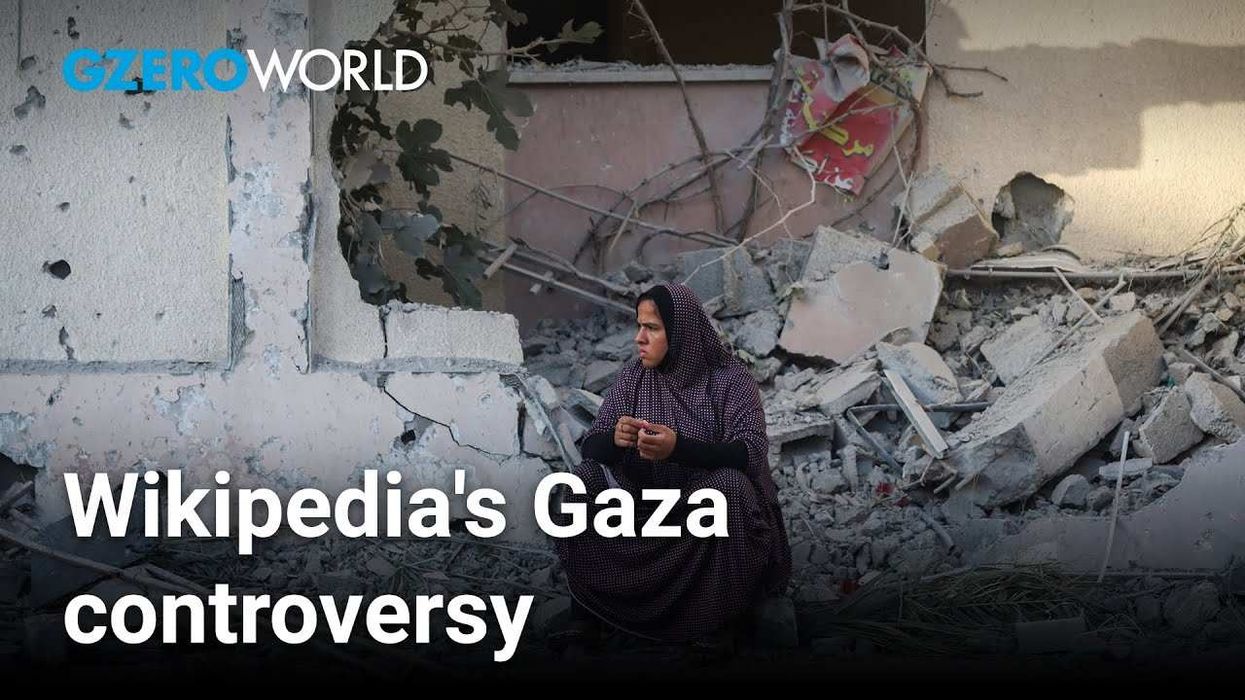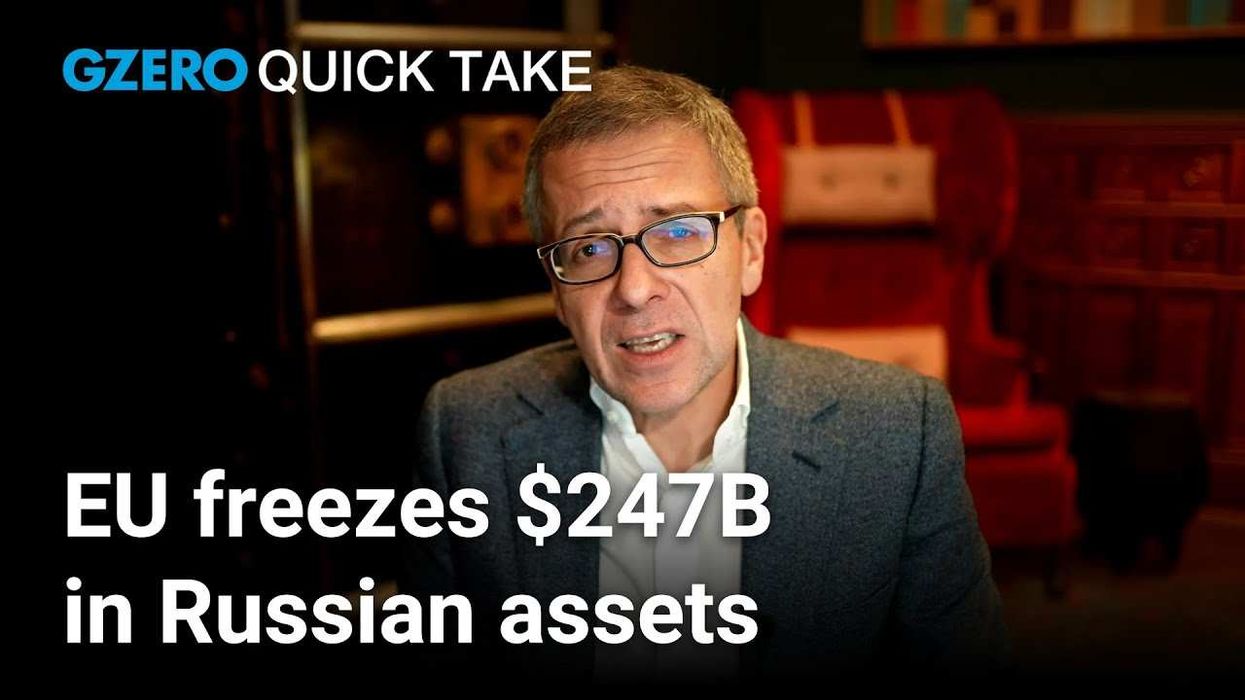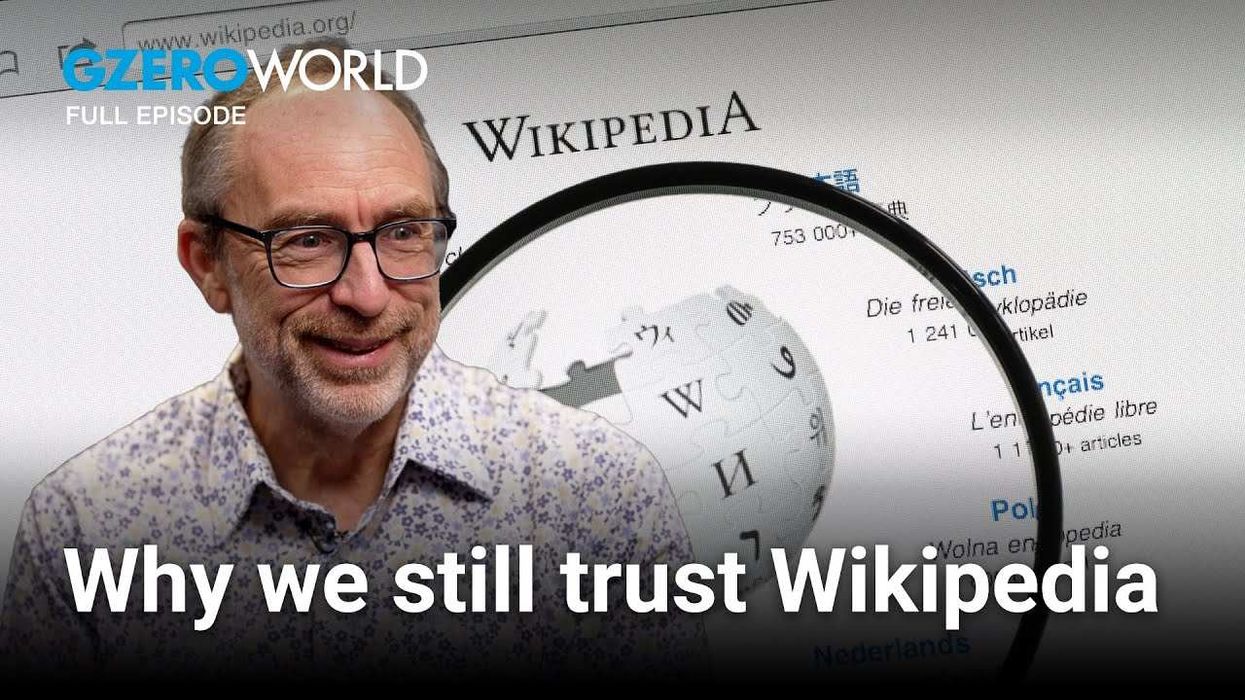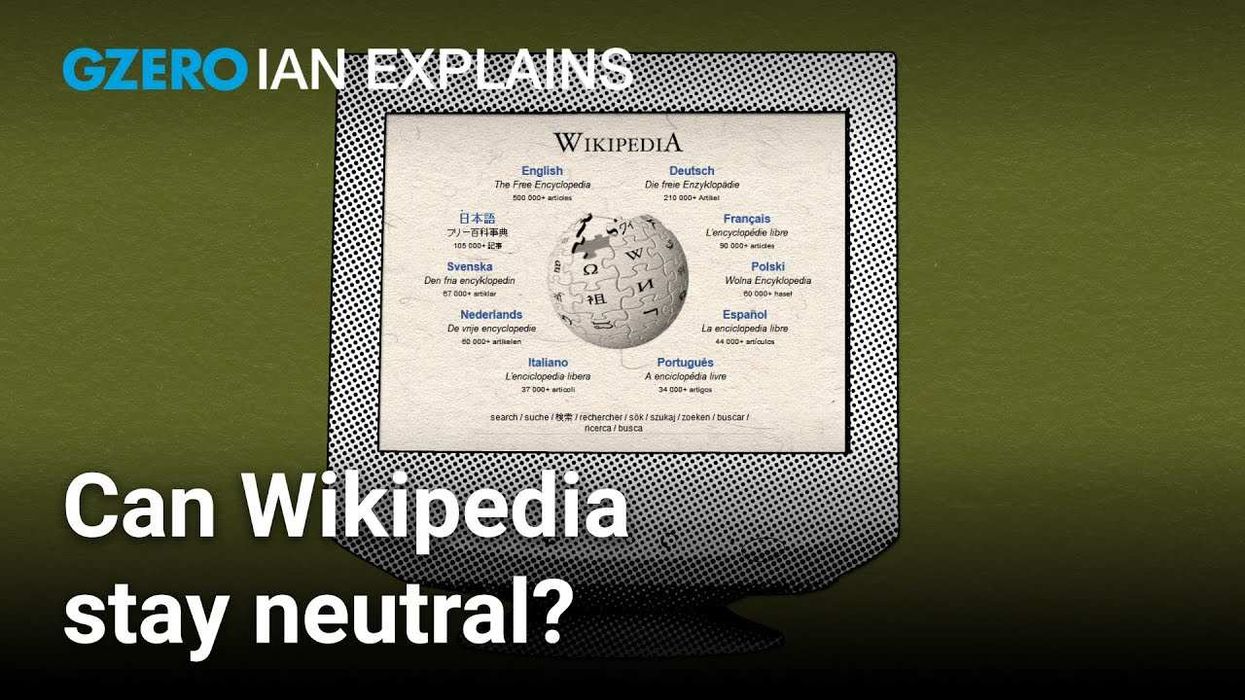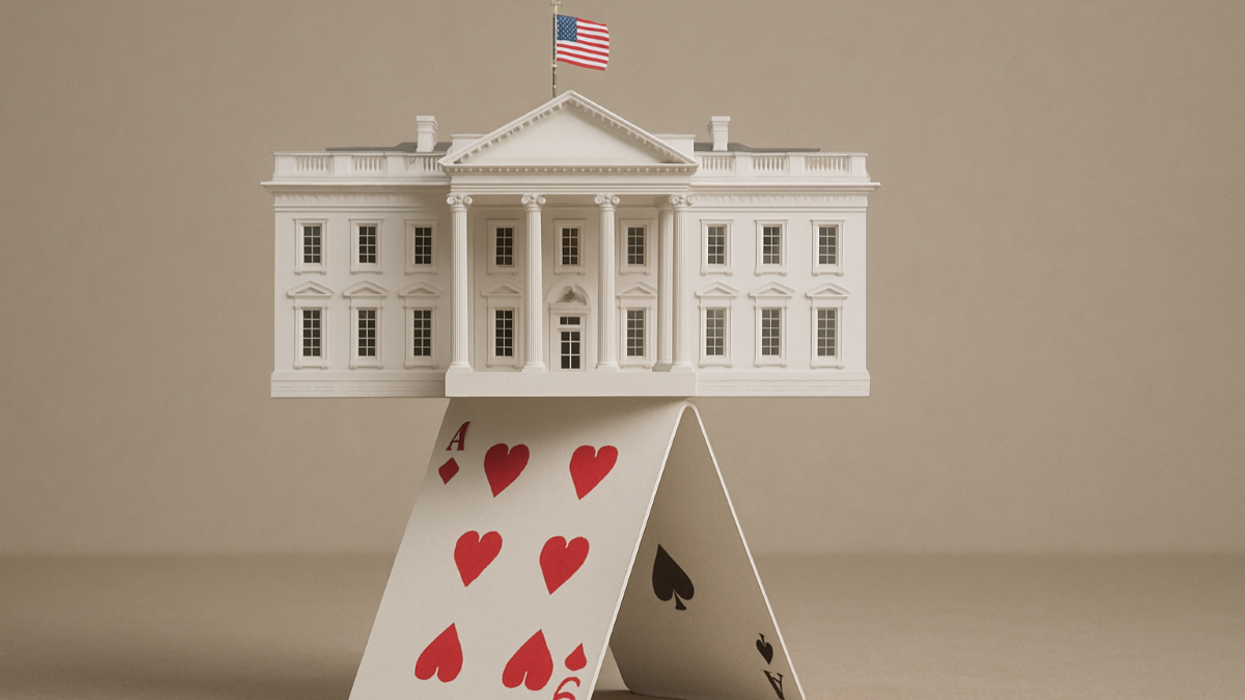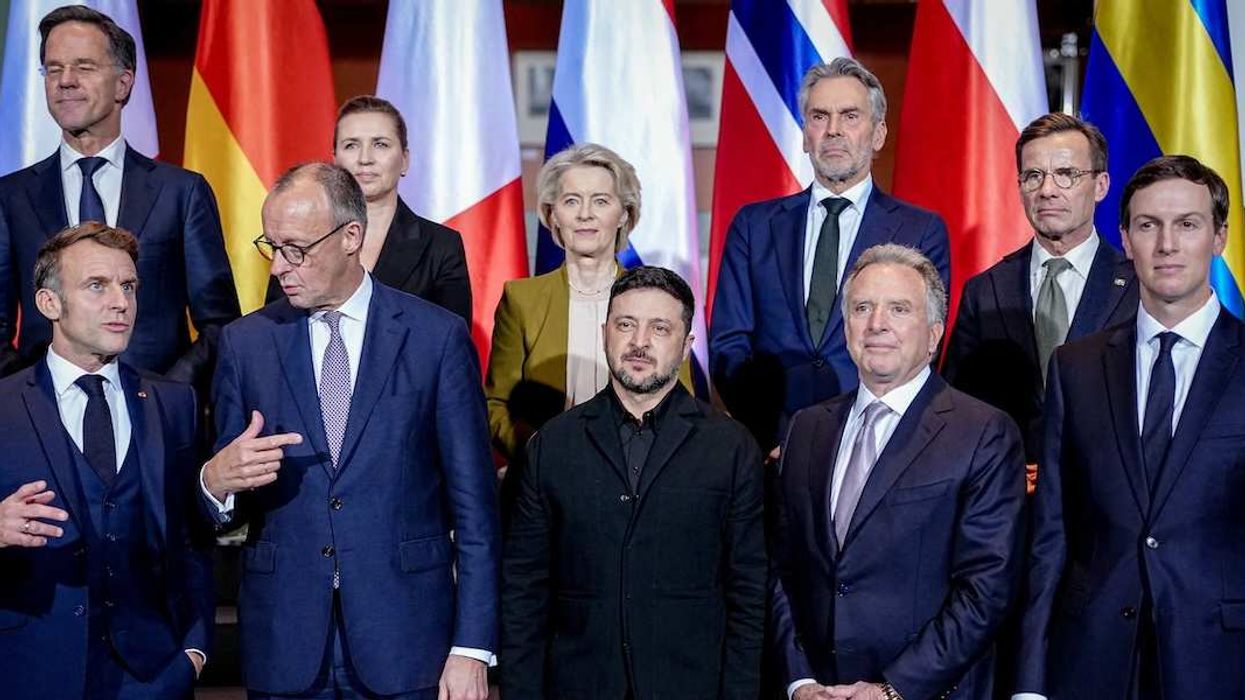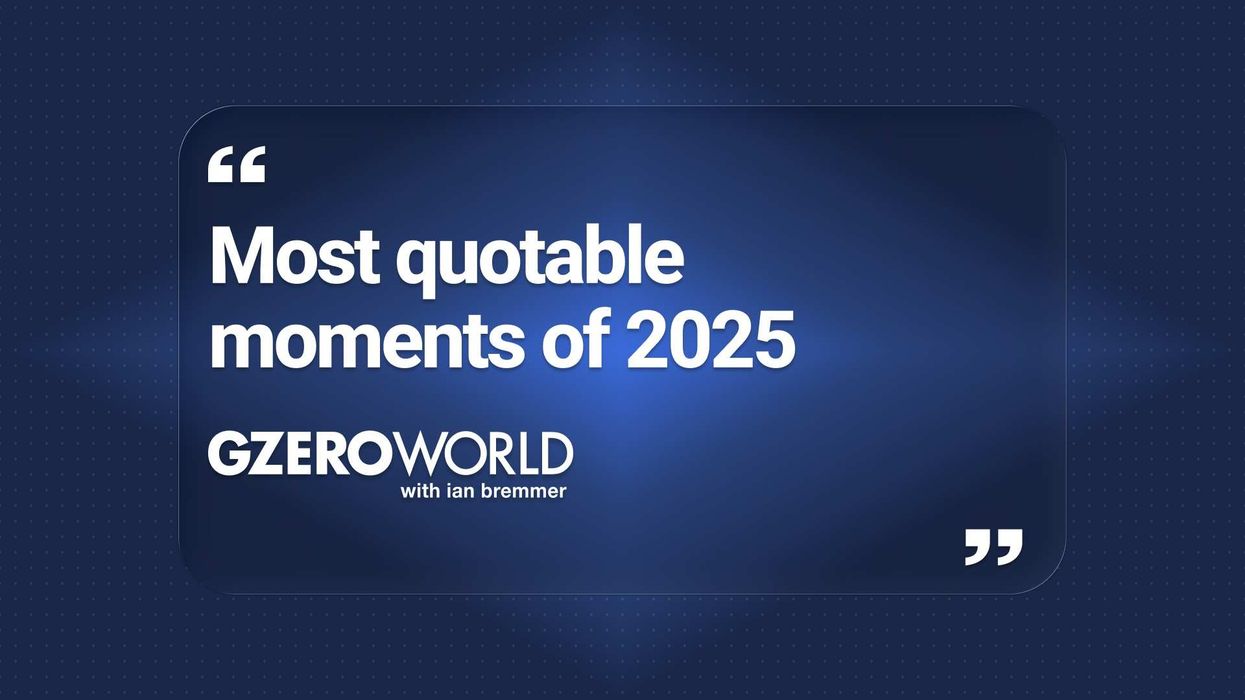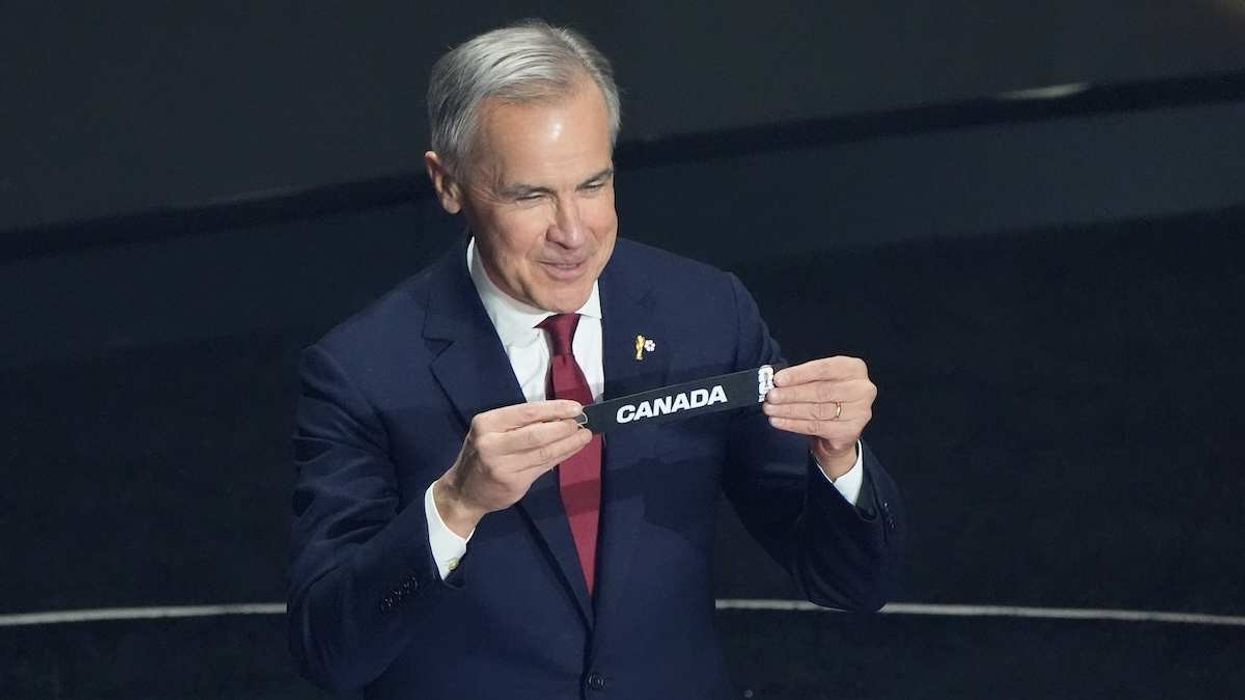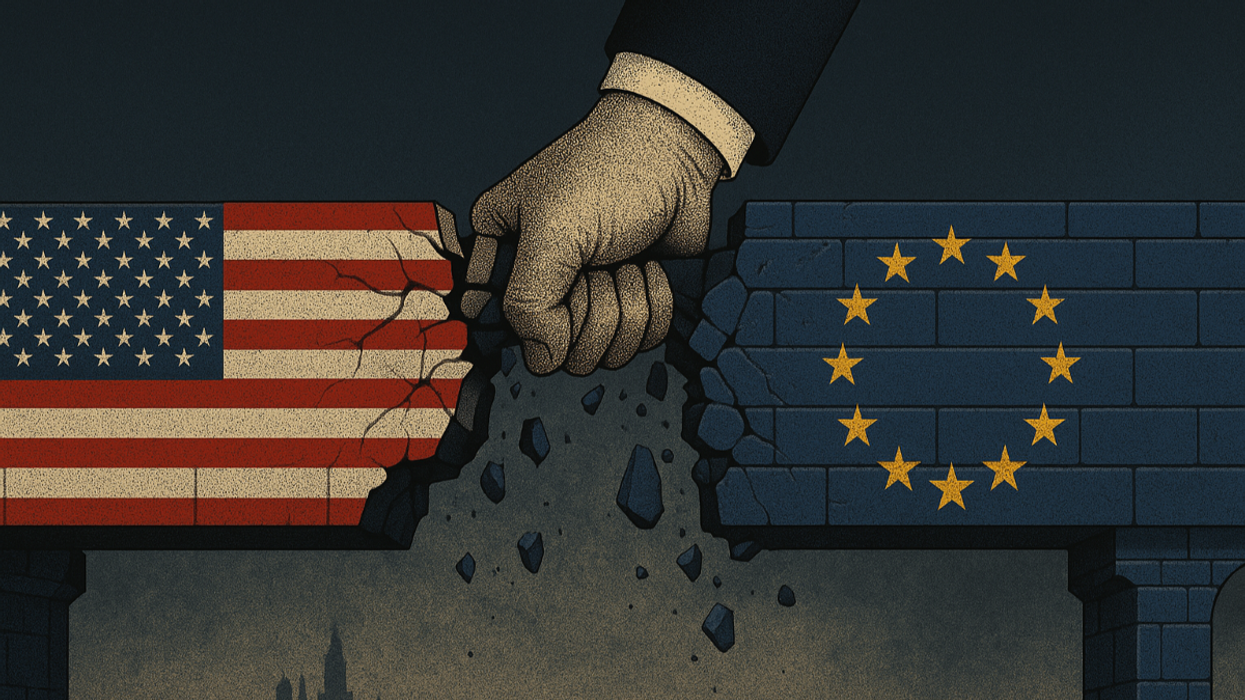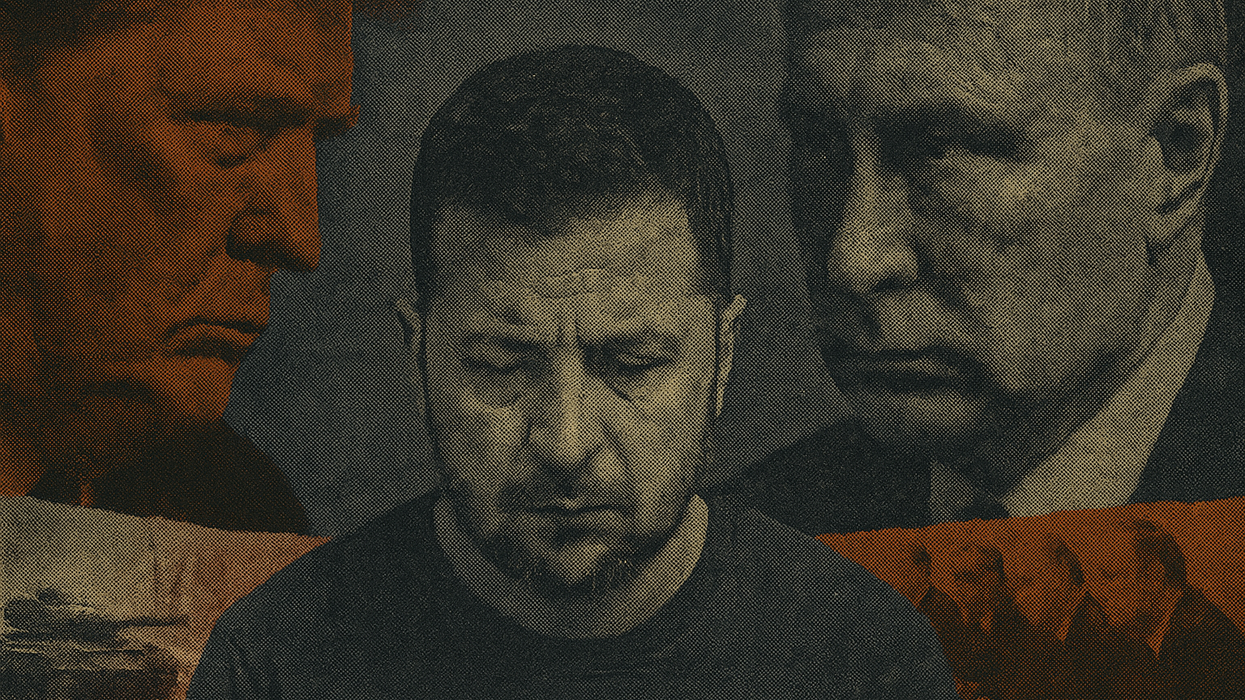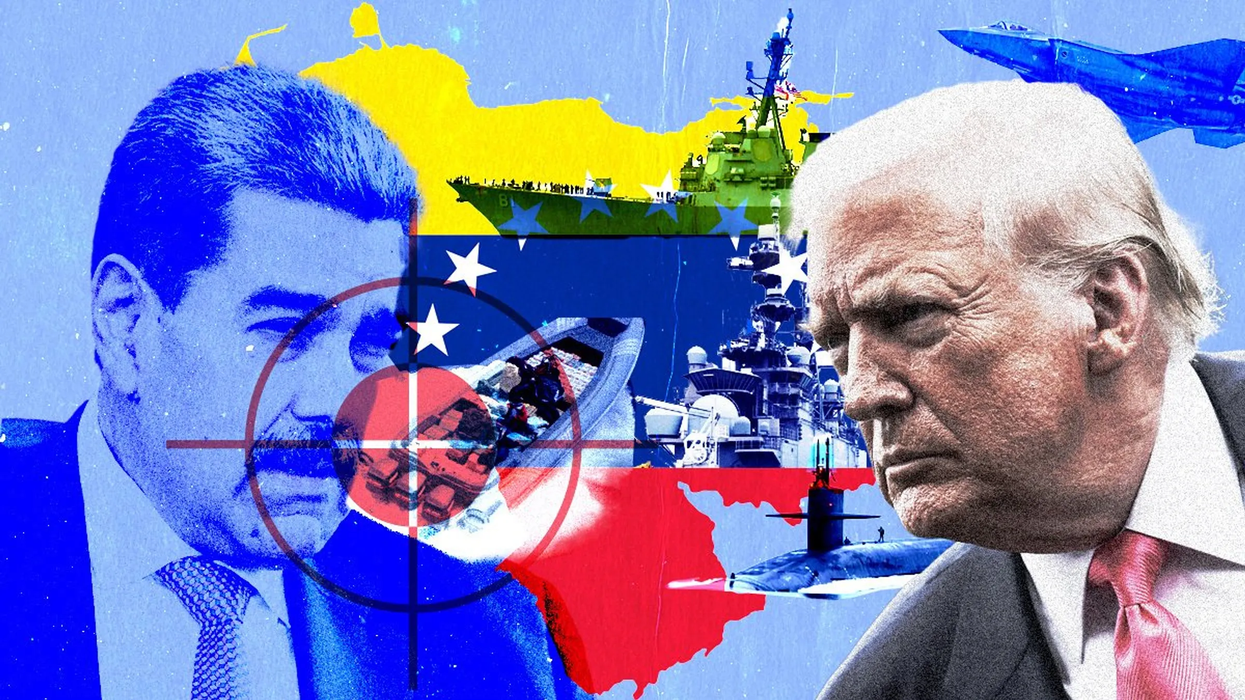Israel’s assassination of Hezbollah leader Hassan Nasrallah last Friday didn’t just deal a crushing blow to the once-fearsome Lebanese militia. It also exposed Iran’s vulnerabilities and marked a pivotal shift in the region’s balance of power.
The death of Nasrallah caps several weeks of successful Israeli strikes against Hezbollah’s military capabilities and chain of command that have left the group weaker than it has been in almost two decades.
Israel is now pressing its advantage with a limited ground incursion into southern Lebanon – the natural conclusion of the sabotage, bombing, and assassination campaign of the 10 days prior. The end goal of the operation remains the same: to clear the area south of the Litani River of Hezbollah fighters, weapons depots, and infrastructure in accordance with UN Security Council Resolution 1701 to safely return the 60,000 displaced Israelis to their homes in the north. The IDF has indicated the targeted offensive is expected to stay close to the border and end within weeks, as opposed to a more protracted occupation of extensive Lebanese territory (best-laid plans, though …).
Hezbollah would normally be expected to respond to such an escalation with heavy missile and rocket strikes on Israeli military installations, civilian infrastructure, and densely populated urban areas. That hasn’t happened. At the very least, Hezbollah could be counted on to defend its strongholds. Yet Israel’s ground offensive has met virtually no resistance thus far. While Hezbollah retains a significant fighting force, an entrenched arsenal of precision-guided weapons (though it’s unclear how much of it survives), and an ability to rebuild over the long term, the group is in such disarray that it’s hard to imagine it mustering the capacity or command to mount a response that passes the cost-benefit test at this time.
It’s become even harder to imagine Iran, its patron, reacting sharply to Israel’s escalations and risking a regional war that could draw the United States into the fight.
For starters, the Islamic Republic lacks good options to effectively retaliate against the Jewish state without inviting devastation to its homeland. That is especially true now that Hezbollah, previously the leading edge of Iran’s efforts to deter Israel, is reeling from Nasrallah’s death. Apart from its impressive array of ballistic missiles, most of Iran’s military is built upon Cold War-era hardware. It is no match for Israel’s overwhelmingly superior technological, intelligence, and military capabilities, let alone its nuclear weapons. A direct conventional conflict with Israel would not go Tehran’s way – and that’s before you bring the US military into the equation.
Moreover, President Masoud Pezeshkian and Supreme Leader Ayatollah Ali Khamenei have expended political capital on pursuing a policy of détente with the West in the hopes of obtaining sanctions relief. They have calculated that improving the economy while delivering limited reforms is their best hope for stabilizing the regime’s crumbling internal position amid a legitimacy crisis born of domestic dissatisfaction with stifling repression and growing economic woes. Getting directly involved in a war with Israel and, potentially, the US would make resuming diplomacy impossible and jeopardize the regime’s survival strategy. There’s nothing Iran’s leadership values more than self-preservation.
At the same time, Khamenei is under intense domestic pressure from hardliners and conservative elites to reestablish some deterrence and bolster Iran’s credibility within the Axis of Resistance at the risk of inducing unwanted trouble.
This tension explains why Iran launched 180 ballistic missiles against Israel yesterday – a largely performative attack it framed as its one-and-done, catch-all response to Israel’s assaults on its interests (including the killings of Nasrallah, Hamas leader Ismail Haniyeh, and several other Axis of Resistance and Iranian officials). The strike was heavily telegraphed and calibrated to limit damage, causing only two injuries and one fatality – a Palestinian man in the occupied West Bank. Much like its April response to Israel’s Damascus bombing and its 2020 reaction to the US assassination of Iran’s military chief Qassem Soleimani, Tehran sought to strike a balance between retaliating to save face and avoiding further escalation.
The problem for Iran is that its approach has lost all credibility and become counterproductive in the face of Israel’s capability asymmetry.
With Hezbollah no longer a viable insurance policy against direct Israeli attack, Israel has achieved escalation dominance – and both sides know it. Faced with the choice between risking a direct war with Israel and the US he can’t win or backing down in the interest of self-preservation, Khamenei has always chosen the latter. Knowing that gives a more risk-tolerant and increasingly emboldened Israeli Prime Minister Benjamin Netanyahu a green light to keep crossing Iran’s red lines without expecting serious consequences. Which means Khamenei’s retaliations (such as yesterday’s) not only fail to deter Israel but induce it to escalate further.
That’s a very dangerous place for the Islamic Republic to be in. Unless and until something changes, Israel’s government will continue to take more aggressive actions to degrade Tehran and its proxies until its security and political objectives have been achieved. For instance, Israel is very likely to leverage yesterday’s attack to strike back more forcefully than it did following the April episode, possibly by targeting IRGC and missile production-linked facilities in Iran. While direct shots at the country’s energy infrastructure, nuclear program, or senior leadership may be deemed too escalatory for the current cycle, they will no doubt be on Netanyahu’s mind next time an opportunity arises.
Longer term, the only way for Iran to restore some semblance of deterrence against Israeli attack is to turn to its nuclear program. That doesn’t mean imminent weaponization. In fact, a sudden dash toward a bomb is unlikely to happen under Khamenei, as this would go against his long-standing fatwa banning Iran from producing weapons of mass destruction, derail Pezeshkian’s hopes for diplomacy with the West, and risk war with the United States. That moment is, however, more likely to come once the 85-year-old supreme leader is dead or deposed – especially as it becomes clear that the next US president will have limited willingness (in the case of Donald Trump) or political space (in the case of Kamala Harris) to pursue talks. Israel may well attempt to strike Iran’s underground nuclear sites, but far from killing the nuclear program, that would only set it back and encourage Tehran to redouble its efforts to weaponize.
And when it finally does … the regional balance of power will be upset yet again, encouraging other powers to nuclearize in response and making a combustible Middle East even more dangerous.




